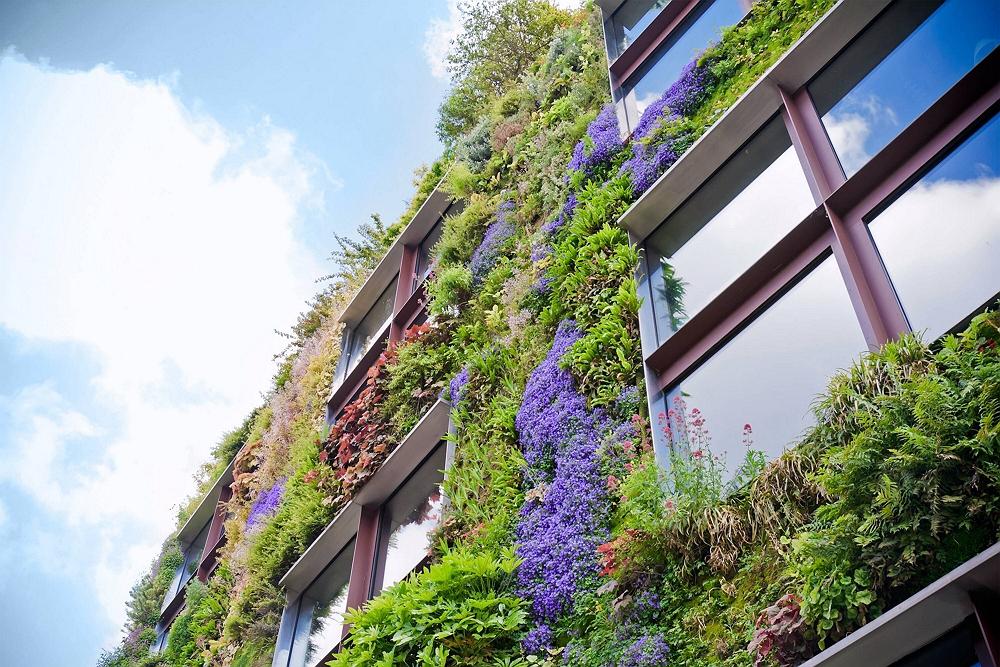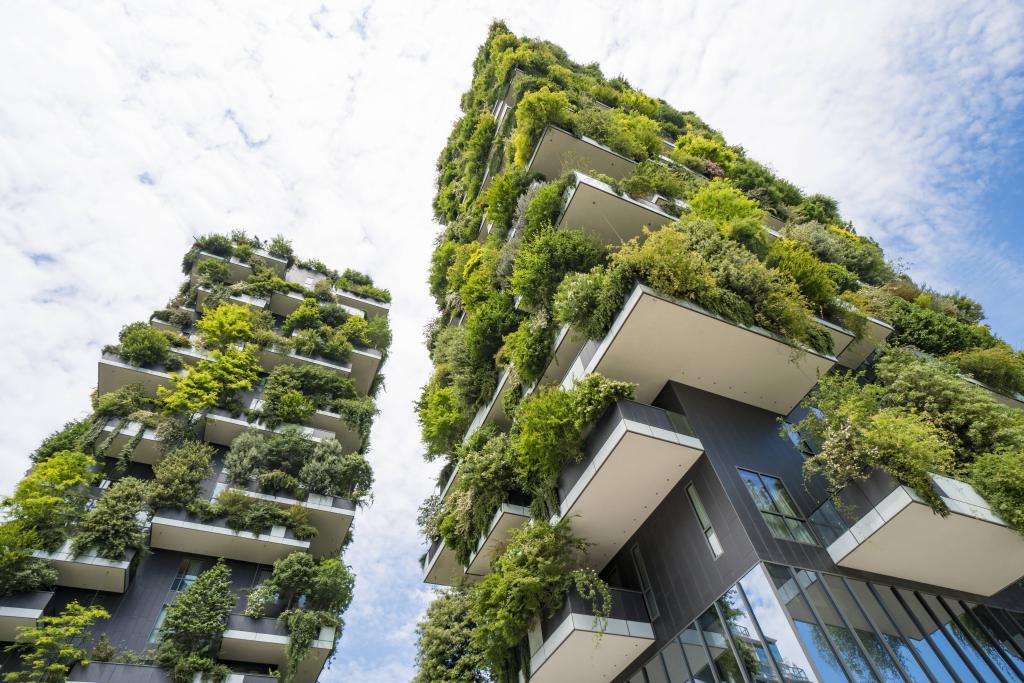Green facade
Green facades improve the climate, the appearance and air quality. In addition, a green facade protects the building from warming from the sun in summer and keeps the house and yard cooler. In the winter, by limiting wind, façade plantings can reduce heat loss. In addition, green facades slow and reduce stormwater runoff into the sewer system and green facades provide space for various animals and insects.
Space use
A green facade does not take up extra space in the garden.
Difficulty
The construction and fastening should be thought about to prevent leaks. Get advice on this.
Earthmoving
No earth moving is required.
Maintenance
As in the garden, plants on the facade also need maintenance. Tip: Before installing, think about maintenance.
Climate Goals
Green facades reduce heat stress. In addition, rainwater runoff is delayed and reduced. The facade also contributes to biodiversity. Green facades do not solve the problems during heavy rainfall; the water storage is not large enough for that.
Points of interest
- Choose plants with a growth height to match the facade or fence.
- When choosing climbing plants, also consider the orientation and amount of sun in your garden or on your facade.
- Prune regularly and keep vents and windows clear.
- Growing climbing plants on a pergola creates a nice sheltered spot in your garden in the summer.
- Racks of climbing plants above the windows serve as shading.

